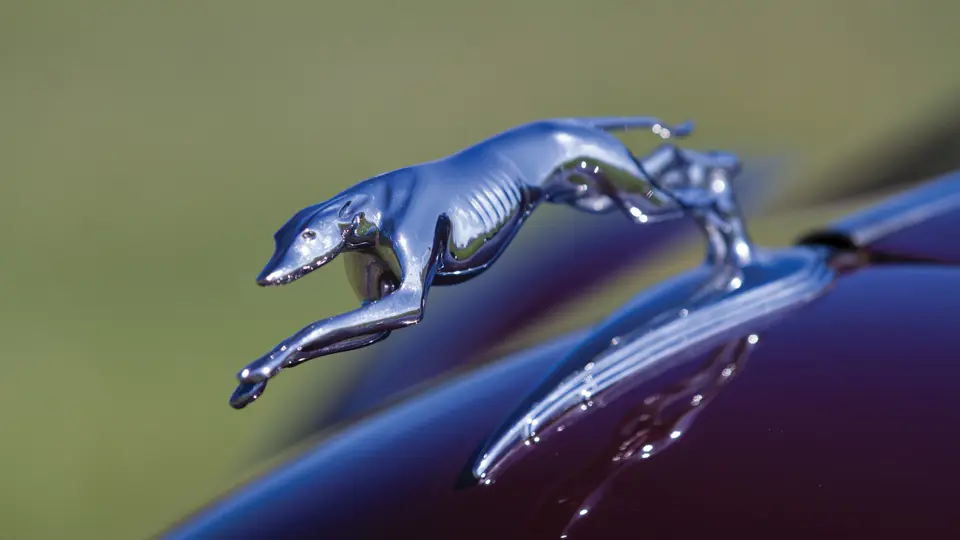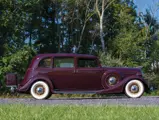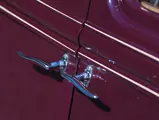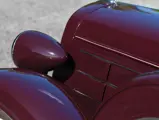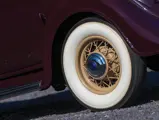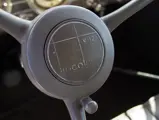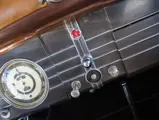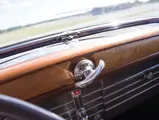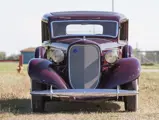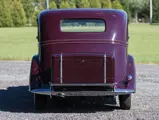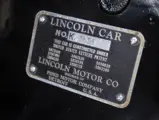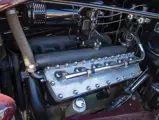150 hp, 414 cu. in. side-valve V-12 engine, three-speed transmission, front and rear semi-elliptic leaf-spring suspension, and four-wheel power-assisted mechanical drum brakes. Wheelbase: 145 in.
By 1935, the fine car market had all but disappeared. With the world gripped by the most serious economic depression of all time, many could no longer afford such luxuries. Even those that were still able to buy fine automobiles felt that it was inappropriate to spend such huge sums on extravagant automobiles when so many were suffering. As a result, most of the great manufacturers were either dead or dying. Lincoln would be one of the few survivors, due to the support of the Ford Motor Company. Edsel Ford retained a strong interest in these cars, and he actively supported the great designers of the time with commissions on Lincoln chassis.
Lincoln’s factory bodies that were under Edsel’s control were no less opulent or well-constructed, and they were, in fact, the most popular with the factory’s remaining moneyed customers. In 1935 alone, 282 of the seven-passenger limousines were built and sold, which was an impressive figure for a big, heavy luxury car in the depths of the Great Depression. This was largely on account of the car’s combination of beautiful Streamline Moderne curves with the traditional high roofline and tailored interior appointments that buyers of formal cars still expected, and which Lincoln felt they deserved.
The Limousine offered here is finished in an appropriate hue of dark garnet maroon, with khaki striping and wire wheels as a contrast. The interior features hard-wearing black leather on the driver’s seat, as would be expected of a chauffeur-driven car of this era, while the rear compartment is swathed in buttoned cloth. Folding jump seats and a crank-operated divider window are, of course, provided, along with a footrest, fine wood trim, and dual ashtrays. The car boasts covered dual side-mounted spares, Lincoln’s traditional greyhound mascot, and a rear-mounted luggage rack with a color-matched metal trunk. It is reported that the car is a strong runner and driver, as it performed very well on a recent 100-mile road test by an RM specialist.
Ideal for undertaking long tours with family and luggage aboard, this Lincoln is every bit the elegant transportation that it was in the mid-1930s. Now, as then, it is classy transportation for the lucky few.





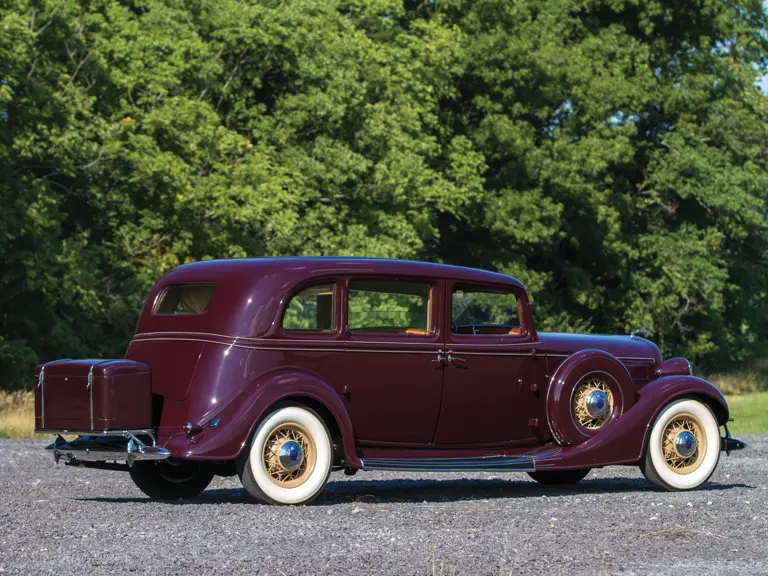
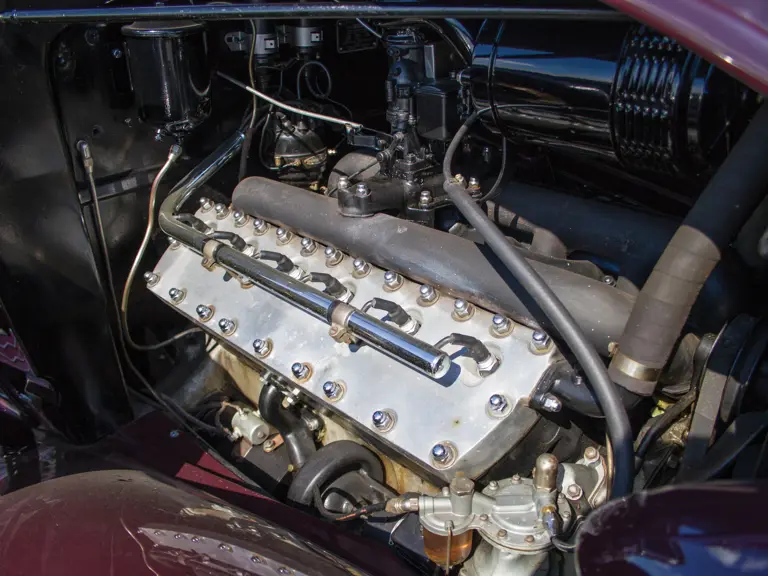
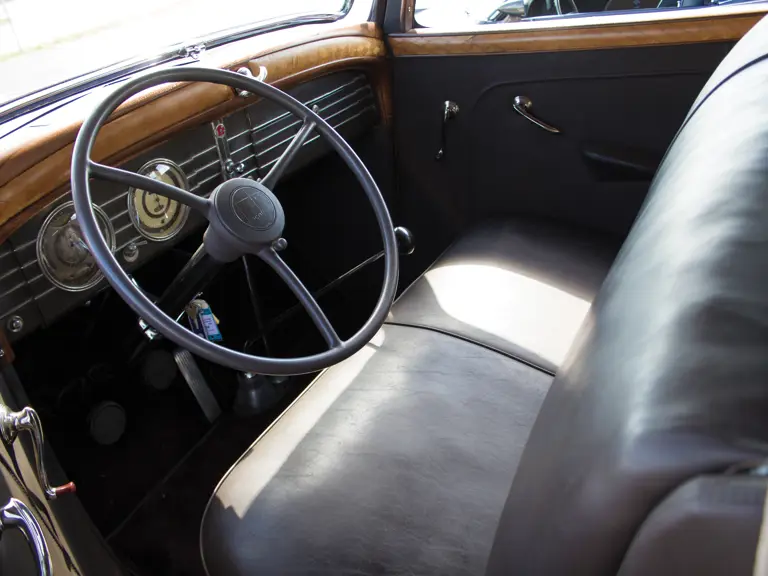
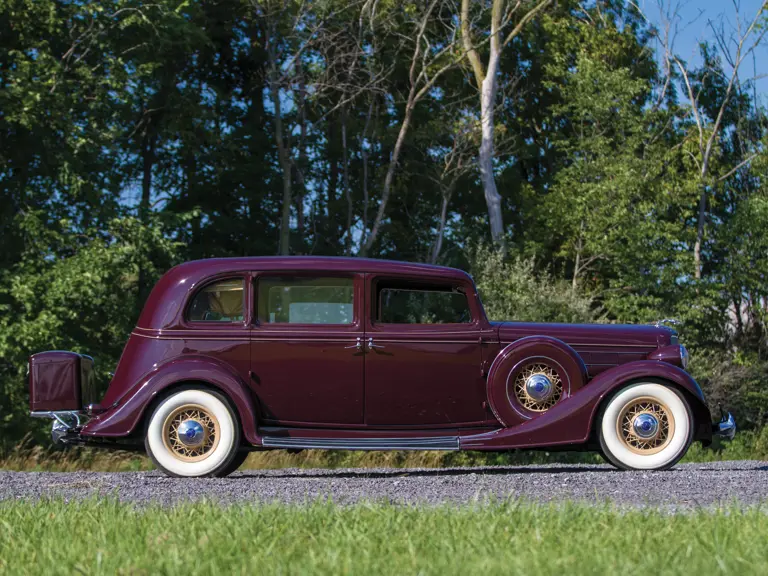
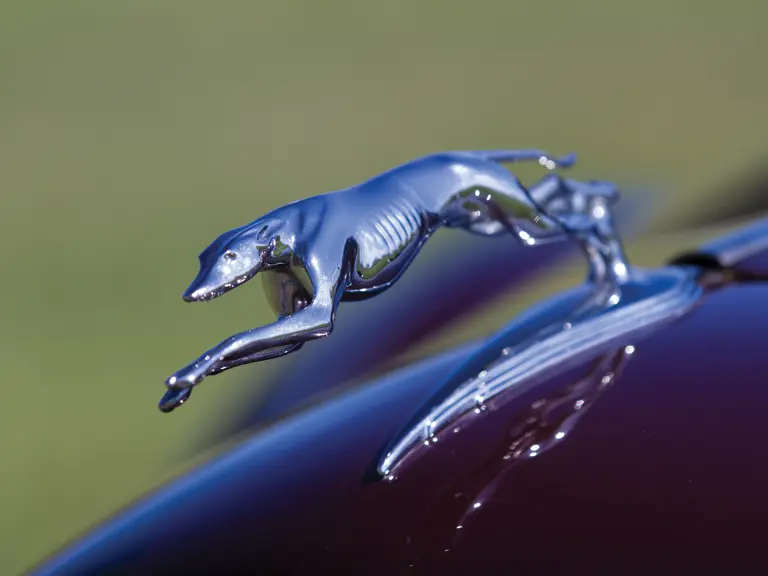
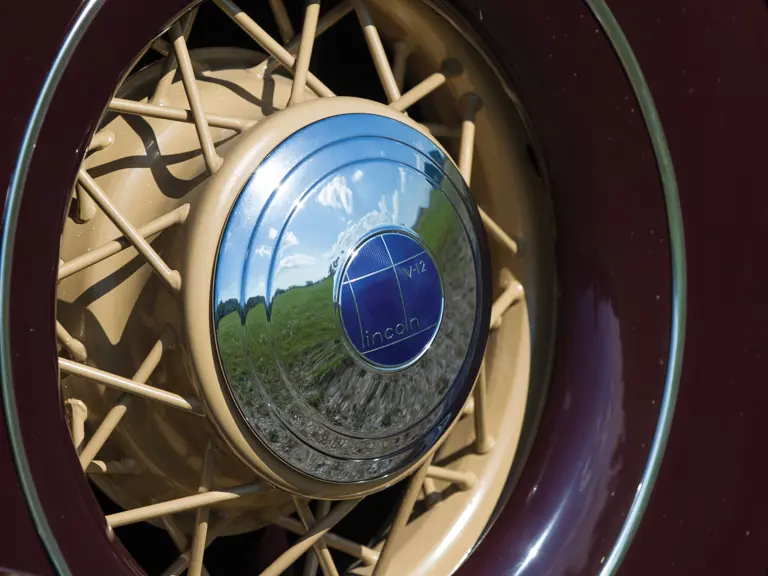

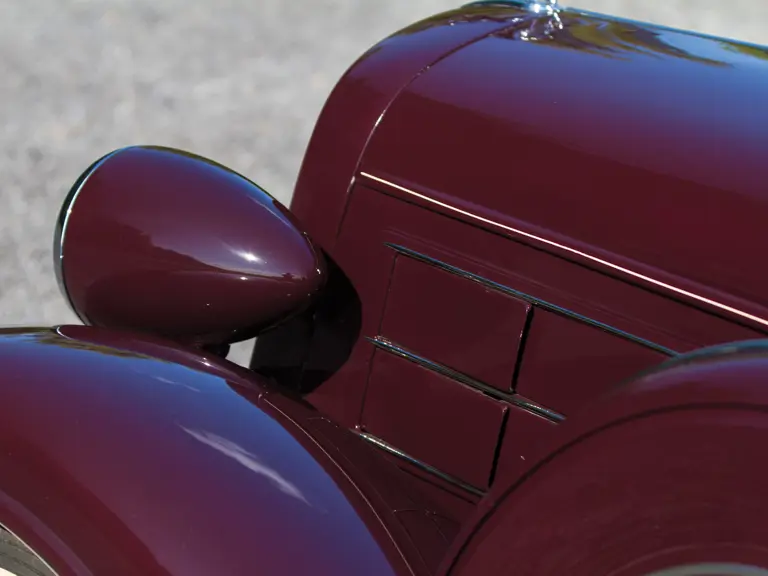
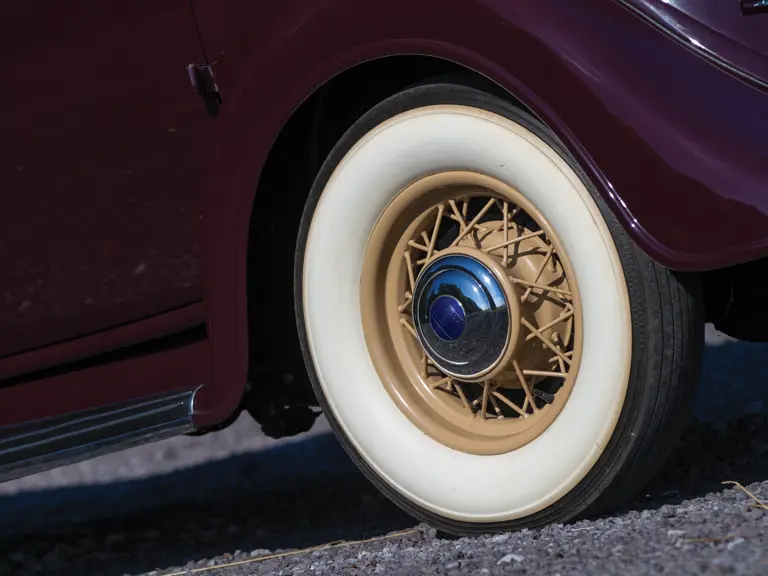
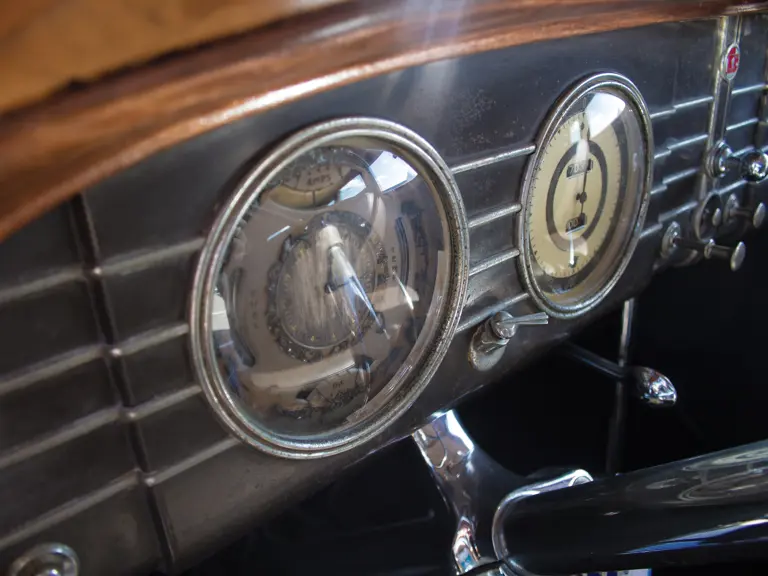

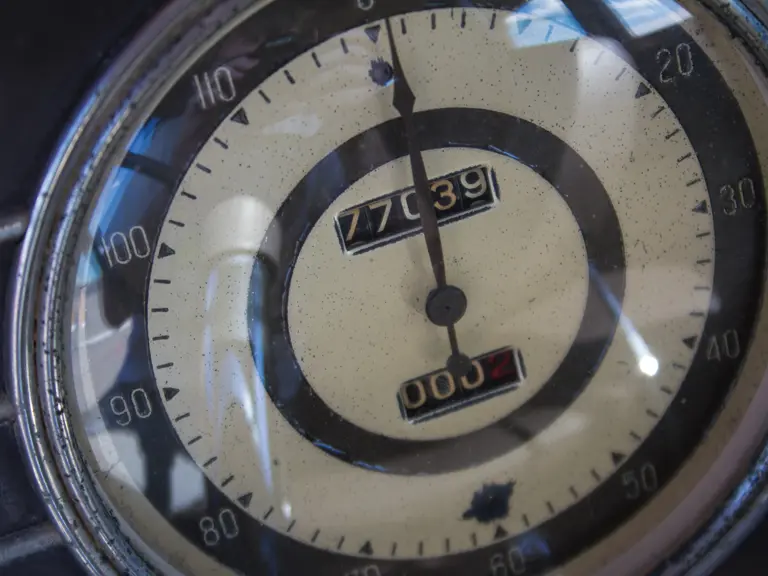
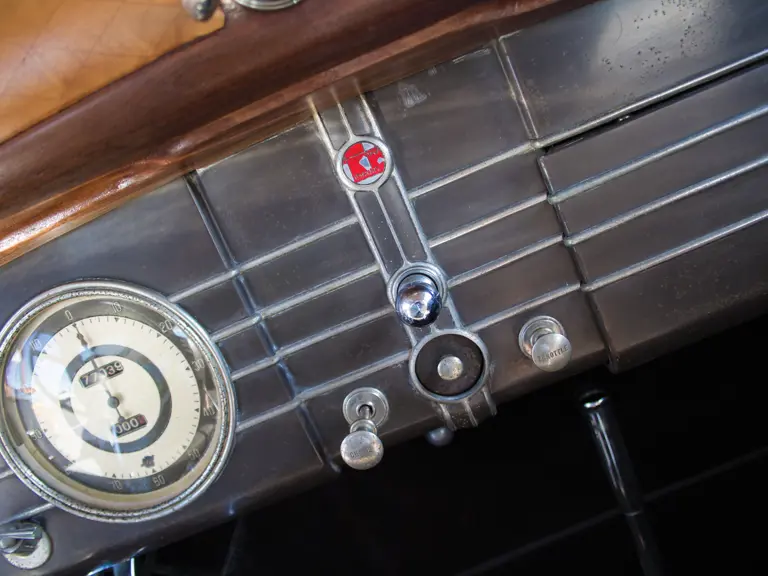
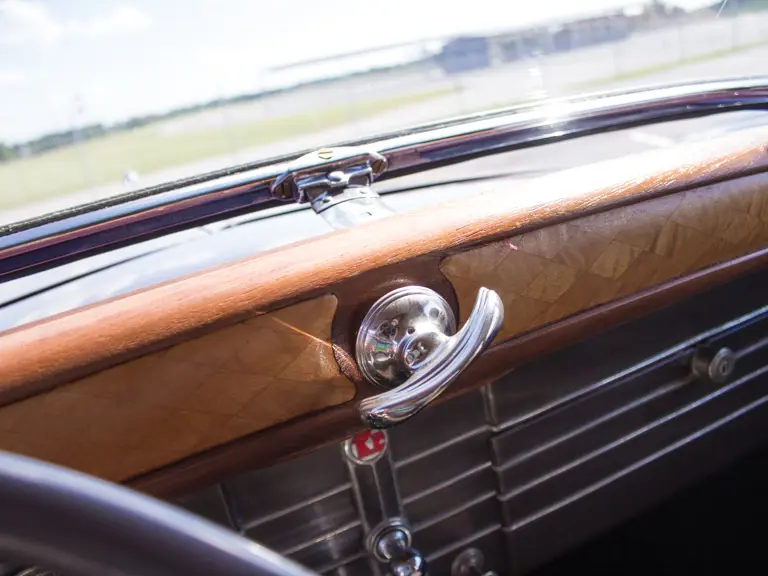
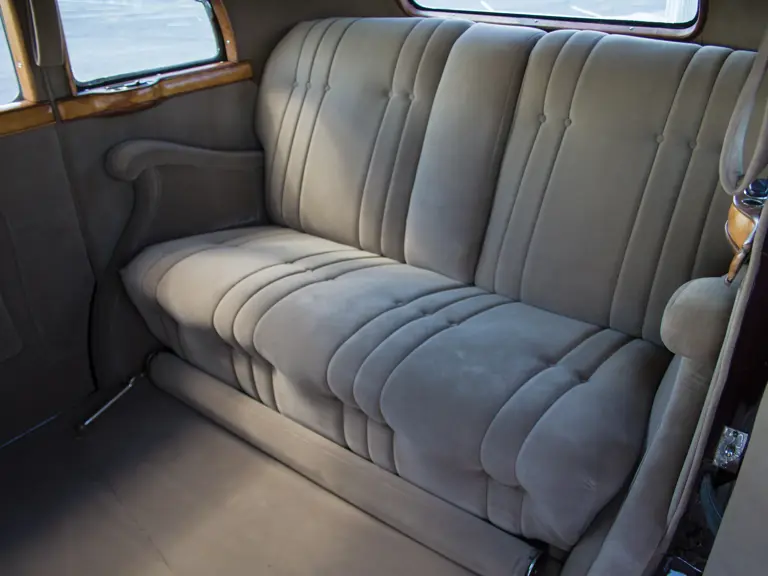
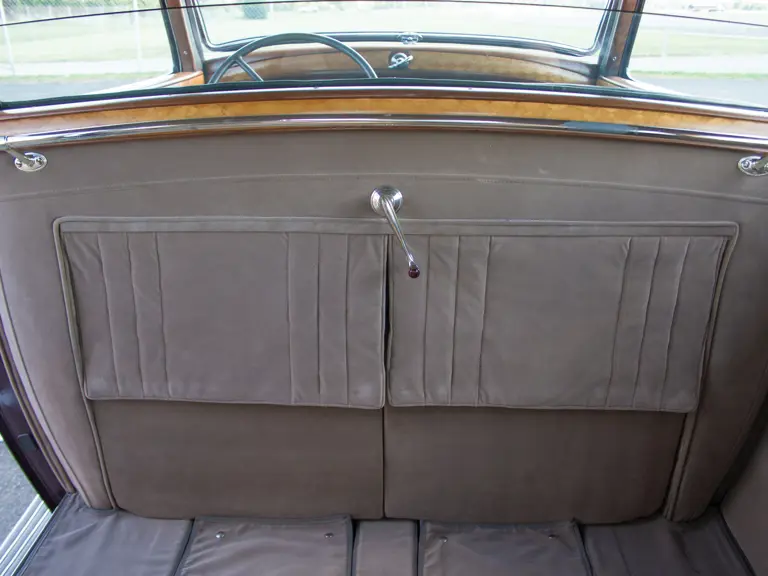
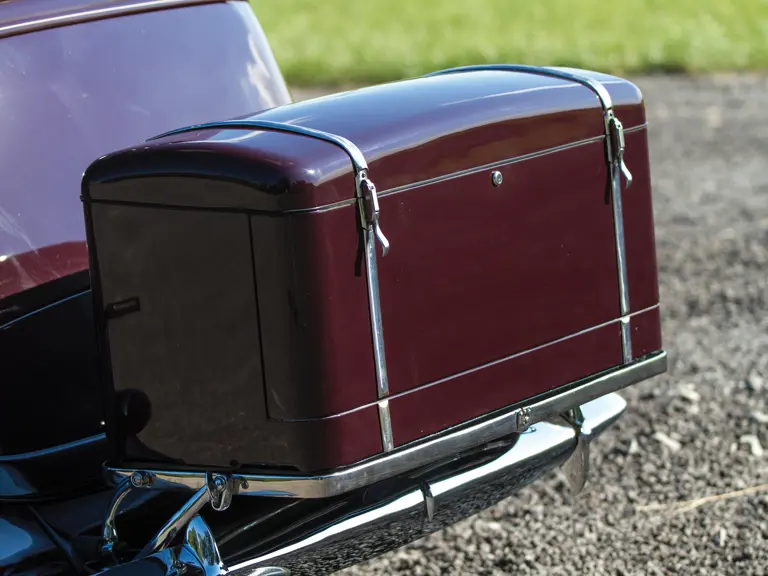
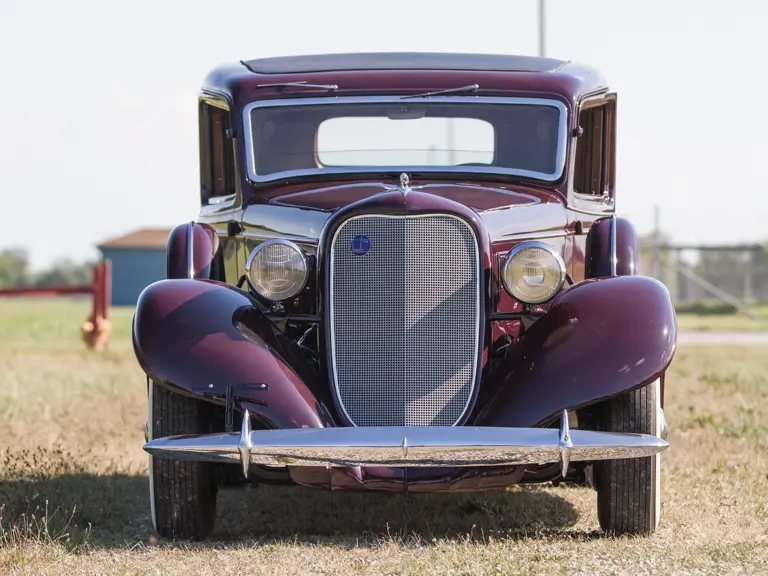
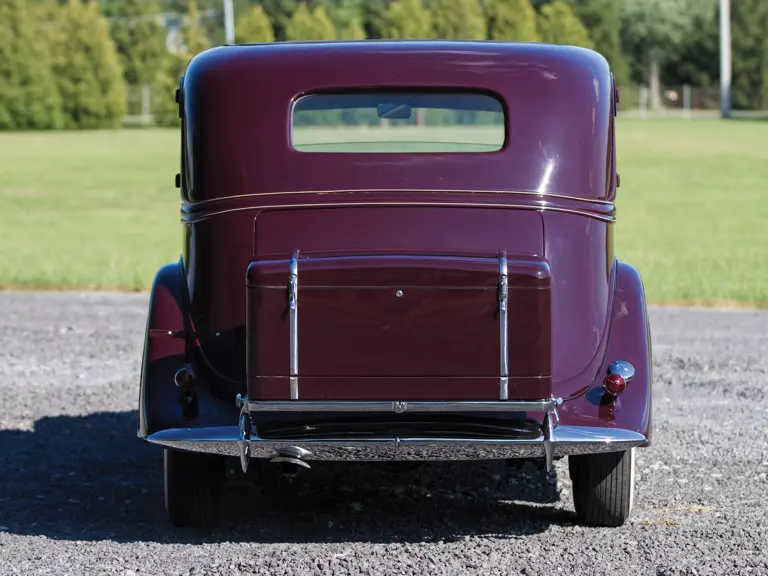
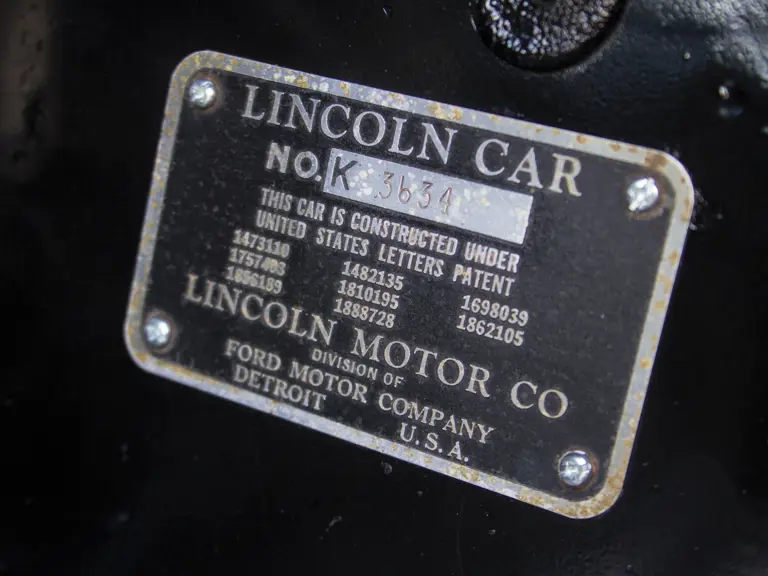
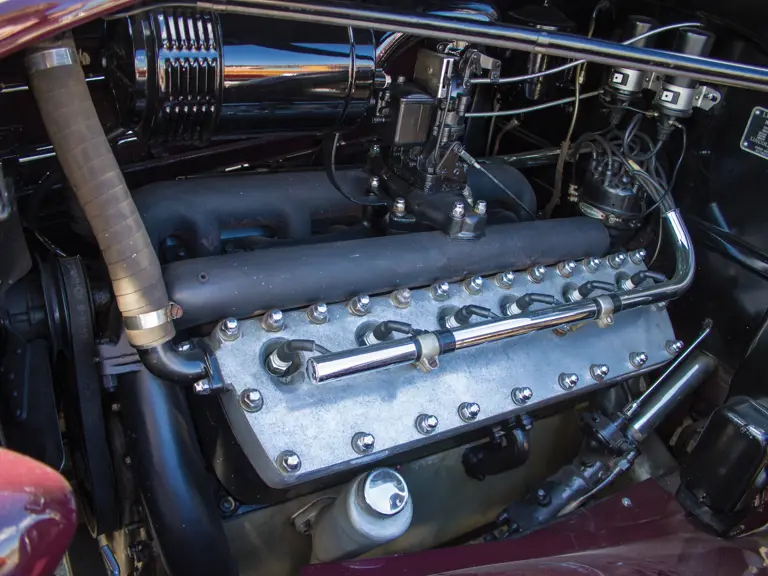
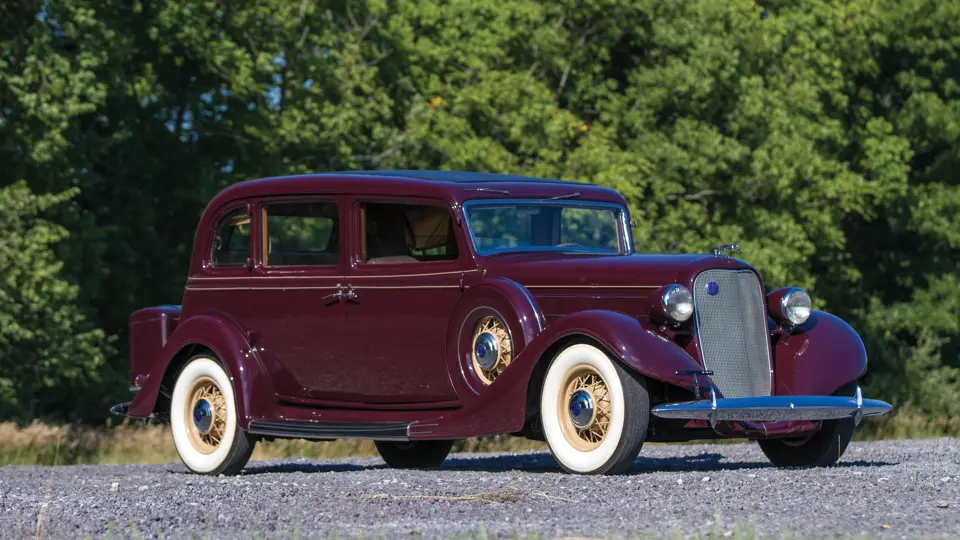
 | Hershey, Pennsylvania
| Hershey, Pennsylvania

